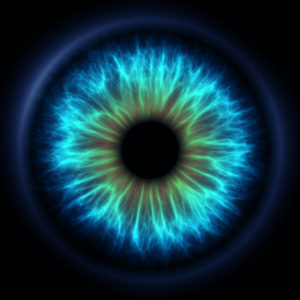Sports can be rough. The impact of sports injuries can be severe and life-changing. That’s why it’s important to understand various injuries involving the eye, and when you need to, call in the physicians at Eyesight MD for immediate help.
In the front of the skull is the orbit, a boney pocket that creates a home in which the eyeball can rest. The most vulnerable part of the orbit is at the base, because the bone structure there is the weakest, and most vulnerable to injury.
Serious injury can occur to the eye when the eye socket is hit. It’s called a blowout orbital fracture. Athletes most vulnerable to a blowout orbital fracture include tennis, racquetball, baseball and softball players, when a ball hits the eye at a high speed and blows the contents of the eye inward, resulting in a break in the orbital floor.
So what are the symptoms of an orbital blowout fracture?
- Immediate severe swelling
- Bleeding
- Recessed eyeball
- Limited ability to look up
- Absent eye movements
- Double vision
- Numbness of the cheek
Doctors may diagnose the injuries in these categories:
- Hyphema – A hyphema is a hemorrhage in the anterior chamber of the eye, within a few hours following the impact. Blood settles into the anterior chamber of the eyeball, requiring bed rest, eye patches, and sedation. Fortunately the condition usually rights itself within a few days.
- Retinal Detachment – This is not so easily fixed. The retina is the nerve bundle that connects the eyeball to the brain, and when detached, may require several months or years following the injury to fix the problem. If an athlete has a retinal detachment, he/she may see ‘flashes of light.’ They may also experience ‘floaters’ in their vision. People with these symptoms should be treated immediately by covering both eyes with patches and heading to an ophthalmologist for surgery.
What is the immediate treatment of an athlete with a suspected orbital blowout fracture?
Emergency personnel should be called immediately following a suspected orbital blowout fracture. Also, concussion protocols need to be used, so check for the following:
• Dizziness
• Headache
• Confusion
• Nausea
• Ringing in the ears
• Inability to answer simple questions
If any of these are present, assume the athlete has a concussion. Again, it’s important to contact emergency personnel immediately. While you are waiting, here are a few things to do:
Apply gauze to the area gently to stop any bleeding.
Crushed ice can be softly applied to reduce the swelling, but be careful not to add additional pressure to the eye. The athlete may be in a physical and emotional state of shock. Talk calmly and softly, focusing on things other than the injury. You want to keep the athlete’s breathing pattern regular, and keep others away who might have outbursts or unwanted comments that are distractions.
What’s Next?
The athlete may need surgery to repair the orbital floor fracture. Many want to know how soon they can resume their athletic activities. It depends on the severity of the fracture and eye damage as a result. Following your doctor’s instructions goes a long way to getting ‘back in the game.’
For more information about sports injuries and orbital fractures, contact the physicians at Eyesight MD.
contact the physicians


